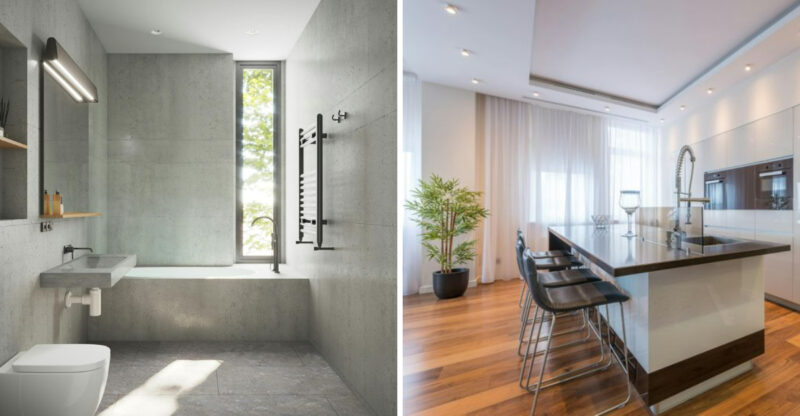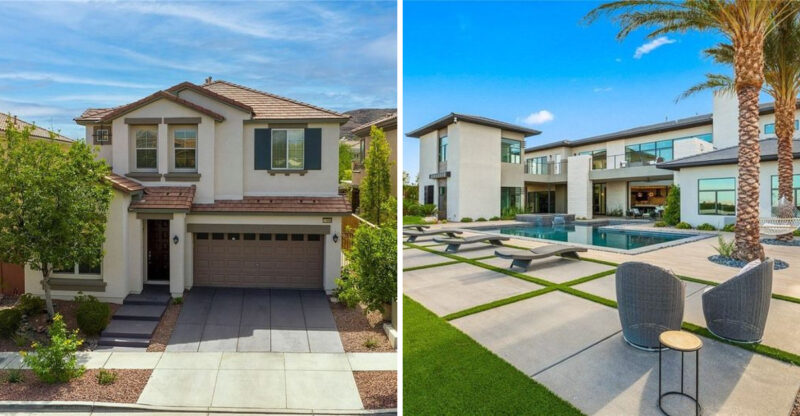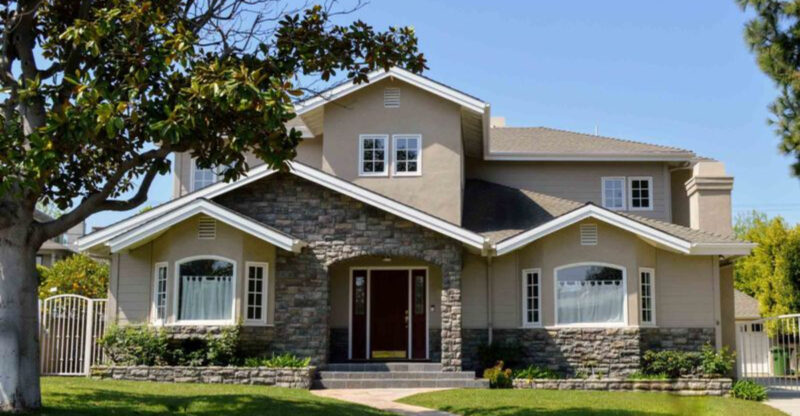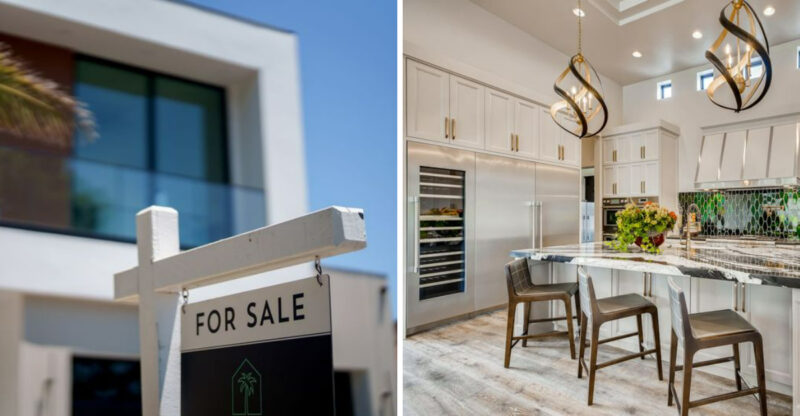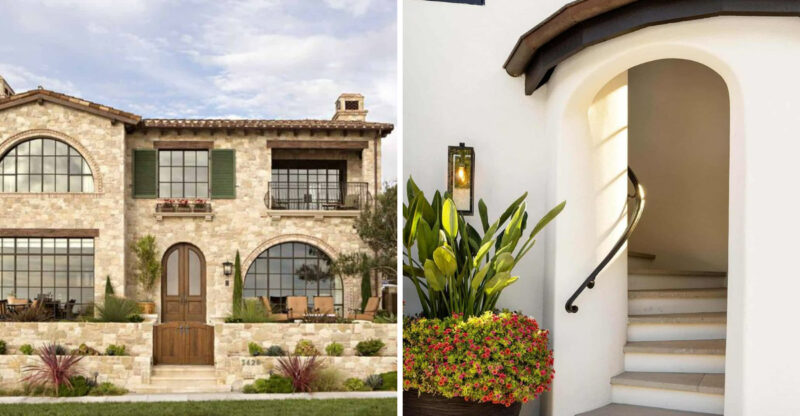4 Home Types Seeing Less Buyer Interest Plus 2 With Higher Market Risk In Florida And Nevada

The housing market constantly shifts based on buyer preferences and economic conditions. Right now, certain types of homes are losing their appeal while others face increasing market risks, especially in sunshine states like Florida and Nevada.
Understanding these trends can help both buyers and sellers make smarter decisions in today’s challenging real estate landscape.
1. McMansions Falling Out of Fashion

Once the ultimate status symbol, these oversized cookie-cutter luxury homes are seeing declining interest from today’s buyers. Their massive square footage and high maintenance costs feel increasingly impractical in an era of rising utility bills and environmental awareness.
Young families and downsizers alike are questioning the need for formal dining rooms and cavernous foyers that rarely get used. The energy required to heat and cool these behemoths has become a significant financial concern for budget-conscious shoppers in the current economy.
2. High-Rise Condos Without Outdoor Space
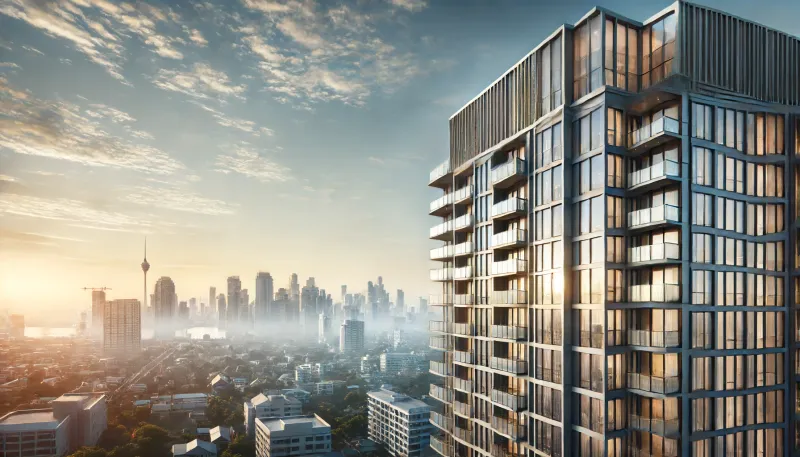
The pandemic permanently altered buyer priorities, with outdoor access now topping most wish lists. High-rise units lacking balconies or terraces sit longer on the market as shoppers prioritize fresh air and private outdoor retreats.
Remote work has amplified this trend, with home buyers seeking spaces where they can step outside during the workday. Even in urban centers where space comes at a premium, buildings without rooftop gardens or shared outdoor amenities face tougher competition from properties offering these coveted features.
3. Homes With Outdated Floor Plans
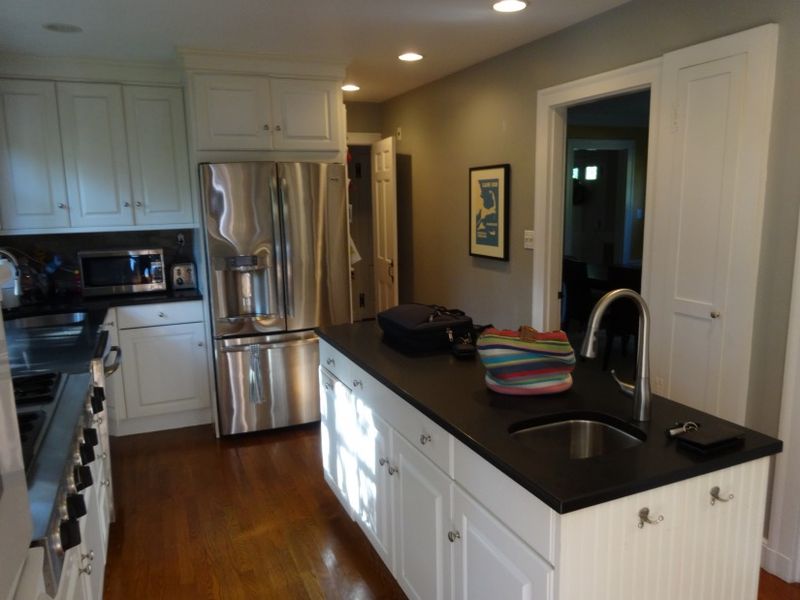
Closed-off kitchens and compartmentalized living spaces have fallen dramatically out of favor. Modern buyers crave connection and flow between rooms, making homes with traditional layouts harder to sell without significant renovations.
Formal dining rooms that sit empty most of the year feel wasteful to practical-minded shoppers. Instead, flexible spaces that can transition between work, play, and entertainment purposes attract more interest in today’s market, reflecting how families actually live rather than adhering to outdated social conventions.
4. Properties Without High-Speed Internet Access
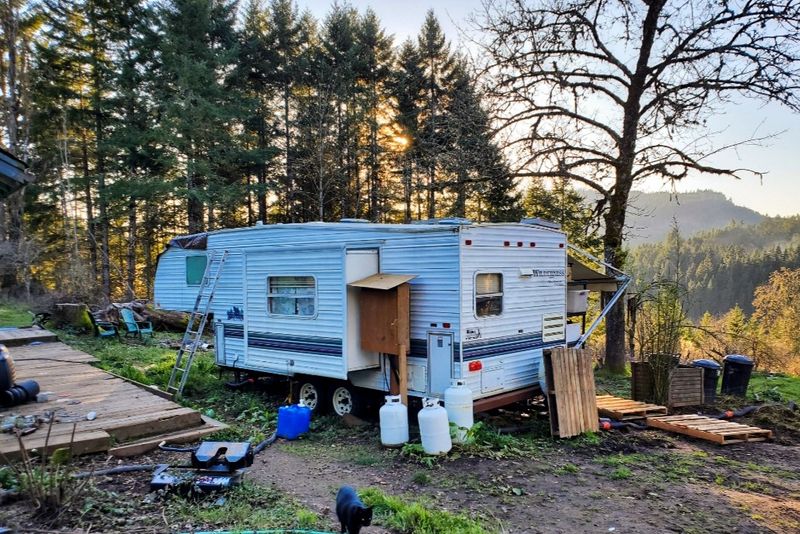
Rural properties and even some suburban homes lacking reliable broadband connections face serious disadvantages in today’s connected world. The rise of remote work and digital entertainment has made high-speed internet access non-negotiable for most buyers.
Houses in internet dead zones can expect longer listing times and lower offers. This technological hurdle particularly impacts older homes in areas where infrastructure upgrades haven’t kept pace with digital demands, creating frustrating limitations for potential residents who need to stay connected for work and leisure.
5. Coastal Florida Properties Facing Insurance Crises
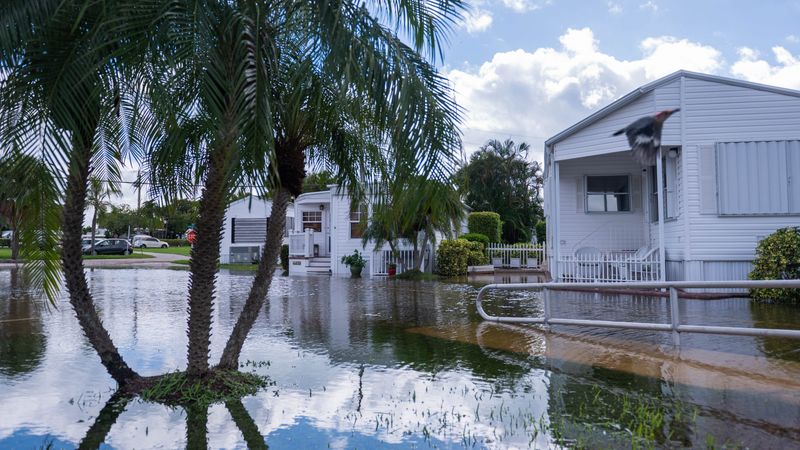
Florida’s beachfront dream homes have transformed into financial nightmares for many owners as insurance rates skyrocket. Some properties now carry annual insurance premiums exceeding $20,000, with rates climbing higher after each hurricane season.
Many insurance companies have simply stopped writing new policies in vulnerable coastal zones. This insurance crisis creates significant market risk, as potential buyers struggle to secure financing without affordable coverage, leading to price drops in previously desirable areas where the true cost of ownership now includes this massive insurance burden.
6. Flood-Prone Properties Throughout Both States
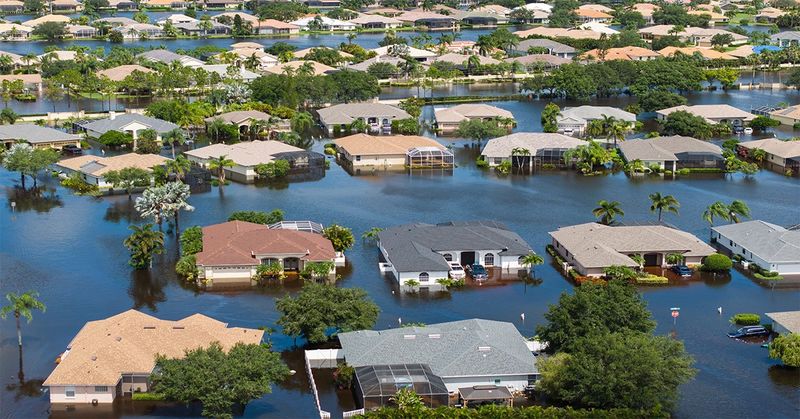
Climate change has expanded flood risk zones in both Florida and Nevada, creating new market challenges for properties that previously seemed safe. Rising sea levels in Florida and increasingly intense desert flash floods in Nevada have put thousands of additional homes in jeopardy.
Many buyers now routinely check flood maps before considering a purchase. The combination of flood risk with sky-high insurance rates creates a perfect storm for market volatility. Properties in newly designated flood zones often see immediate value drops of 15-20% as the true costs and risks become apparent to potential buyers.

